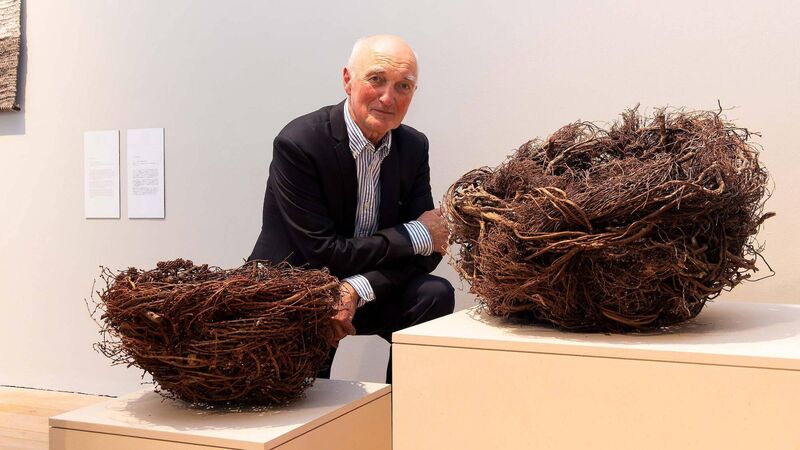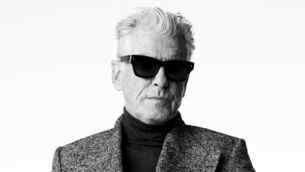In the frame: RINN features work by six Japanese and six Irish makers

Joe Hogan, artist pictured at the launch of RINN – Ireland and Japan.
WOOD, stone and clay are the materials predominantly showcased in RINN, the new exhibition at the Glucksman Gallery in UCC. The word ‘rinn’ has various meanings, in Gaelic and Japanese, most of which relate to place, circularity, and the sharing of ideas between cultures. It sums up perfectly the spirit of the exhibition, which features work by six Japanese and six Irish makers, including the Fartha, Co Cork-based designer and sculptor, Joseph Walsh. Walsh has curated the exhibition with Wahei Aoyama, of the A Lighthouse called Kanata gallery in Tokyo.
“The primary focus is on work that’s crafted,” says Walsh. “It’s about making, the process of making, and the celebration of making.”




